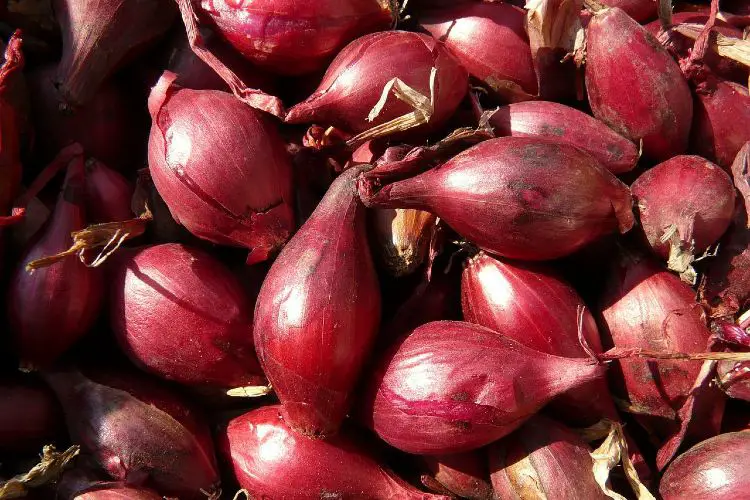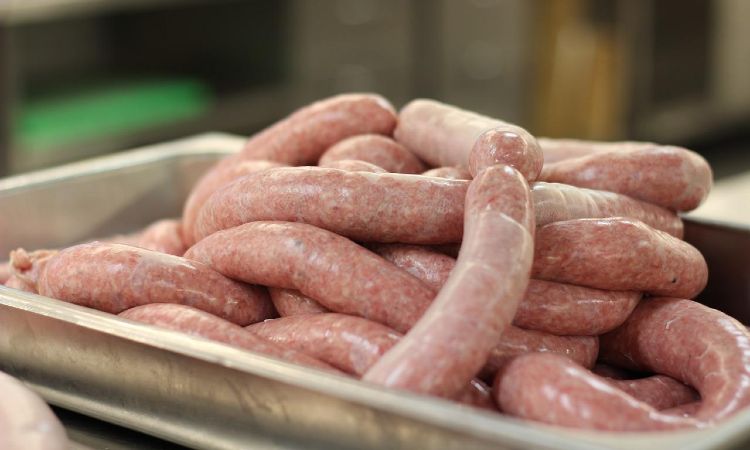The Economics of Edible Hedgerows
Hedges are amongst the oldest man made features in the countryside and have been an integral part of country economies for years, occurring in every period of human settlement from pre-historic times. They not only serve to protect livestock, provide bird nesting, mark boundaries, enclose settlements and provide fuels and food, but are also important wildlife corridors for insects and reptiles. In the last sixty years it is estimated that we have lost no less than 400 000 miles of hedging in Britain, making way for large scale arable agriculture.
Most of Britain’s hedges were planted in the Middle Ages but the greatest period of hedge planting was as a result of the Enclosures Acts. During 1700 and 1850 it is estimated that 200 000 miles of hedges were planted in Britain in order to mark the areas that had previously been common land, where peasants were freely able to graze animals and cut hay for the winter months. You can still see some of these original hedges in the countryside, and they are identified by their straight lines and single, uniform rows of hawthorn.
Pre-1700 hedges tended to be more randomly meandering, and included blackthorn, field maple, hawthorn, dogwood, ash, elm, elder and dog rose. Where woodland was sparse, hedges formed the backbones of rural economies, with standard trees planted and growing at regular intervals to provide wood for fencing and fires. Hedges were a communal resource, where the peasant class was able to collect kindling, mushrooms, foraged herbs, fruit, nuts and leaves. They were an important cornerstone for larder provisions.
Hedges would be plashed or laid, to ensure they did not go gappy at the bottom. Laying made the bottom of the hedge thicker and more impenetrable so that livestock could not escape and intruders could not enter the Demesne, or Lord of the Manor’s land and property. In medieval times hedging was so important in rural economies that bands of thieves would prowl fields at night with big sacks, pulling young hedge plants out of the soil. Landlords imposed heavy fines on hedge stealing and “haywards”, or hedge wardens, were employed to keep an eye on parish plants and fences.
From the 13th Century to the start of the 17th Century a gradual and systematic process of land enclosure and hedge planting took place, much of it relating to the increasing importance of sheep reared for wool. Many towns in Britain became very wealthy from the proceeds of wool and cloth, notably Ludlow, Lavenham, Wolverhampton and large parts of the Cotswolds. This process often involved destroying entire villages and relocating their inhabitants as large sheep farms were established. Over 80 deserted Northamptonshire villages have been identified stemming largely from the practices of the Mid 15th to 16th Centuries. The civil unrest caused by such dramatic events led to many Acts of Parliament which tried to prevent further enclosure.
In total the 17th Century saw over 7 million acres of open fields or common land enclosed, re-appropriating ownership to feudal Lords of the Manors. Enclosure acts specified that the plots of land they created be enclosed by hedges and ditches and maintained by the owner subsequently. With greater attention now given to animal husbandry, the average weight of cattle and sheep sold at Smithfield Market more than doubled between 1710 and 1795.
It meant that many serfs were unable to plunder the food provided by hedgerows, from berries to nuts and leaves. In fact, the young leaves of hawthorn used to be called the “bread and cheese” of the poor, landless class, so necessary were they when meat was expensive and in short supply.
Many migrated to the towns in search of labour once the enclosures took place, and swelled the ranks of factory workers in the developing industries in the north of England, where the industrial revolution {1750 to 1850} drew families away from agriculture and into the growing metal, textile, chemical, glass and paper making factories.
Some counties, such as Lancashire, Kent, Devon and Cornwall were completely devoid of enclosure acts whilst in others a large proportion of the open field land was lost. Hedges were a key component in this sea of change, the silent sentinels that connected communities, villages and social classes, all affected by fundamental economic change. These changes continue to affect the countryside we see and live in today.
I have been thinking about the micro and macro-economics of edible hedgerows a great deal in the last six months. I have been very busy this winter planting new hedges around my 20 acre plot: 5000 plants to be precise. There are already native hedges in place, comprising of hawthorn, field maple, holly, yew, rowan, wild cherry, box and guilder rose. But in some parts plants have died or been removed for ease of access from previous owners. This has cost me a significant amount of capital in terms of buying plants {£1 per plant, as they were 1 metre tall} and hiring two men to dig trenches, backfill them with manure and cover young saplings with wire netting to afford protection from rabbits and deer.
So, one night, before completing my fence order with my local nursery, I sat down and calculated the actual micro-economics of edible hedgerows. If, hypothetically, I was able to collect the blackberries from the hedgerows to make jams, vinegar and vodka, the damsons for jams and cordials, the elderflowers for cordial, the rosehips for teas, the blackthorn berries for sloe gin, the crab apples to make jellies and the hazel nuts to make cakes, would I be able to recoup my capital investment, over say a period of five or ten years?
Good quality jam jars cost approximately £1 each to purchase from Lakeland, and they may, once filled with well made jam, fetch up to £3 in a fancy farm shop, replete with hand written label and so on. I would therefore need to sell thousands of jars to recoup the capital investment on the plants alone, when the cost of sugar, heat, transportation and time was all taken into account. A bottle of sloe gin in the supermarket will set you back £18, but the glass bottle alone would cost me at least £3 to buy empty.
In addition, the time value of money principle would need to be considered: it would take years for the new plants to bear fruit and in the meantime I would need to ensure that they were kept moist, mulched and pruned to ensure lateral growth. Predator damage, frost, drought or flood may eliminate as many as 1%-5% of the plants. The micro-economics of edible hedgerows do not look at all viable.
Yet, unlike the poor, landless tenants of the 16th Century I am fortunate enough to be able to collect firewood from a small wood at the bottom of my garden, fruit from my kitchen garden in the form of raspberries, strawberries and both red and white currants and more than enough elderflowers from country walks in nearby fields. I look at my newly planted saplings and they stand etiolated, vulnerable and wispy against the strong winds of early spring. I walk past other houses in the village, surrounded by tall, mature, strong, glossy green, healthy hedges that are laden with all manner of rich, juicy bounty in the autumn. We are far enough away from London to live in a “real” village, where few people can afford help to needlessly mow wildflowers or prune back spring growth from hedges. I know just how those peasants felt: in the deepest, darkest crepuscular silence of night: I too could be tempted to raid their edible larder. Enclosure or no enclosure, once the micro-economics have been calculated, the edible hedgerow brings out the thief in all of us.





